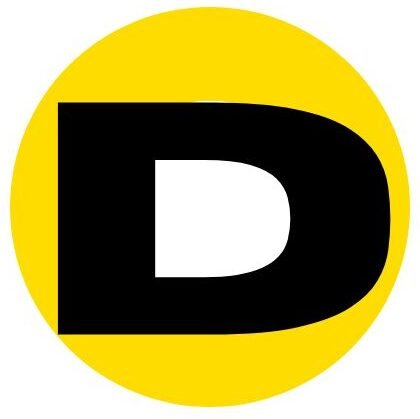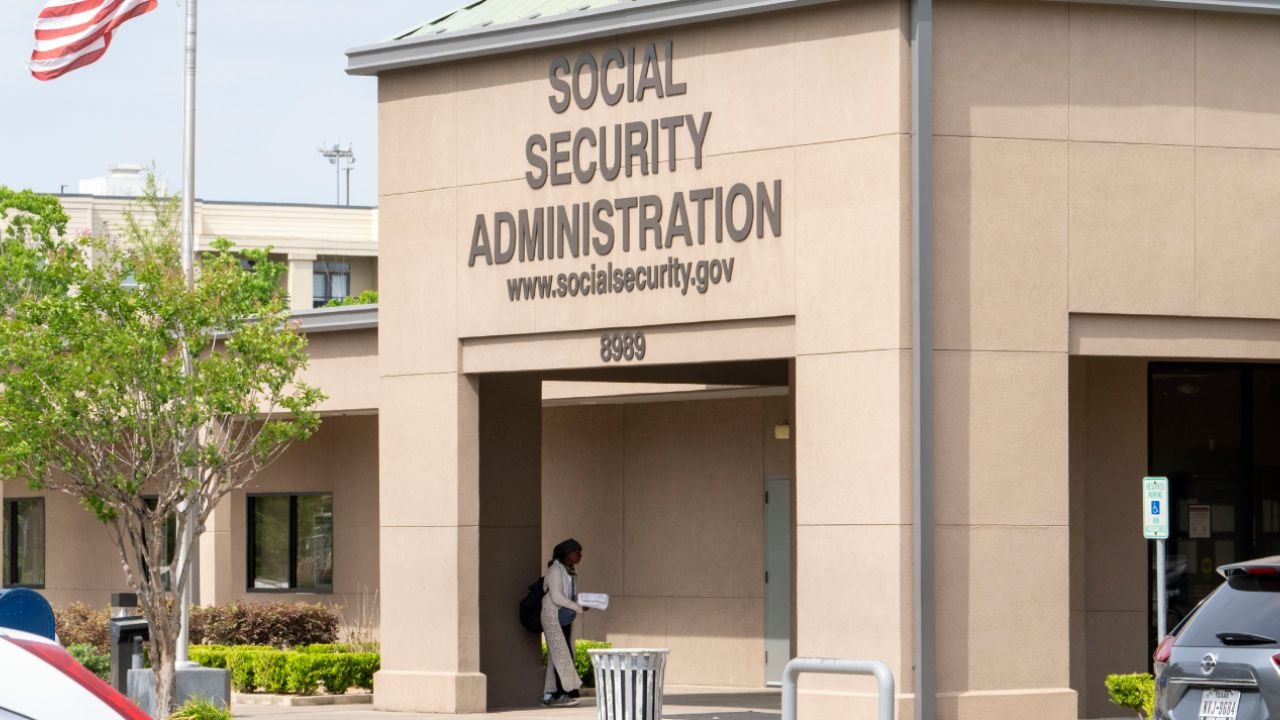Millions of seniors across the United States are set to receive a $1,702 stimulus payment in September 2025. This initiative has been introduced to help older Americans deal with the ongoing challenges of rising inflation, costly healthcare, and the burden of everyday living expenses. The payment is aimed at providing much-needed financial relief and is being rolled out as part of a broader government effort to strengthen support for retirees and low-income households.
Why This Stimulus Payment Matters
Seniors continue to face growing financial difficulties, from high prescription drug prices to the rising costs of housing and groceries. For many older Americans who depend heavily on Social Security or disability benefits, making ends meet has become increasingly difficult. The $1,702 stimulus payment is designed to ease this pressure by offering immediate funds that can go toward essential needs such as food, rent, healthcare, and utilities. For retirees with limited income sources, this boost is expected to bring much-needed stability.
Who Qualifies for the Payment
Eligibility for the $1,702 stimulus payment mainly covers seniors already receiving federal benefits. This includes individuals on Social Security Retirement, Supplemental Security Income (SSI), and Social Security Disability Insurance (SSDI). In most cases, seniors do not need to apply separately, as the Social Security Administration automatically determines eligibility based on existing records. Retirees who are part of other low-income assistance programs may also qualify for this payment.
Full Payment Schedule for September 2025

The payments are being released throughout September in multiple cycles to ensure smooth distribution. Seniors receiving SSI have seen their payments first on September 1. SSDI beneficiaries in the early cycle got their payments on September 3. Social Security payments will then follow based on birth dates: September 10 for those born between the 1st and 10th, September 17 for those born between the 11th and 20th, and September 24 for those born between the 21st and 31st. Paper checks will be mailed between September 18 and 28 for those who do not use direct deposit.
How the Payment Will Be Delivered
Most seniors will receive the stimulus through direct deposit into their bank account, which is the fastest and most secure method. Those without direct deposit will be issued paper checks, and individuals using Direct Express cards will see the funds credited to their accounts. Seniors are advised to double-check their bank or mailing details with the Social Security Administration to avoid delays. Any incorrect or outdated information could result in postponed payments and additional verification requirements.
Common Causes of Delays
While the majority of payments will arrive on time, some seniors may face delays. The most common reasons include outdated banking details, changes in residential address not reported to the SSA, or temporary security verification holds. Seniors relying on mailed paper checks may also experience delays, particularly in rural areas where postal services are slower. To minimize these issues, beneficiaries are encouraged to keep their contact and financial information updated with the SSA.
Impact on Seniors’ Daily Lives
The $1,702 stimulus payment is expected to have a meaningful impact on seniors struggling to manage their budgets. Analysts predict that most recipients will use the funds for essential expenses such as monthly rent or mortgages, groceries, medical bills, and transportation costs. By offering direct financial relief, the government aims to reduce the strain of inflation on older citizens and give them greater peace of mind when covering their basic needs.
Additional Support Programs in 2025
In addition to the stimulus payment, seniors may be eligible for other assistance programs this year. Options include the Low-Income Energy Assistance Program to help with utility bills, Medicare drug savings plans that reduce prescription costs, and state-level relief programs offering smaller cash grants. Taken together, these measures create a broader safety net to protect seniors from financial hardship as the year progresses.

